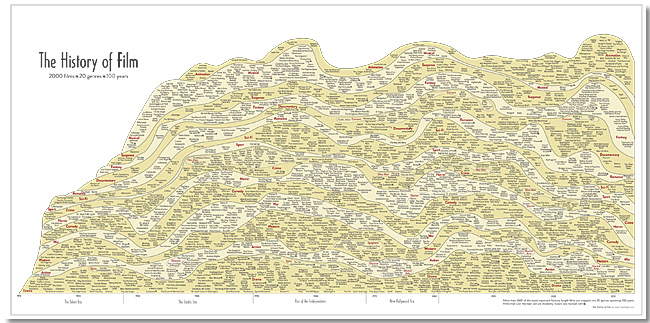Thanks to his frequent appearances on radio’s This American Life, David Sedaris possesses one of the most recognizable author voices in the world. Simultaneously light and insinuating, it has come to seem as much a part of his oeuvre as the Santaland Diaries and his anecdotes about his parents, siblings and boyfriend. His arch spin on various regional and generational phrases is nothing if not instantly recognizable.
What a pleasure, then, to hear the sincerity with which he deploys this instrument in service of a fellow author’s work. Invited to choose a story to read aloud for the New Yorker’s fiction podcast, Sedaris went with “Roy Spivey” by Miranda July, another writer who could never be accused of hiding behind her work. One suspects there are elements of autobiography within this tale, though don’t drive yourself nuts trying to figure out the identity of the male movie star seated next to the main character. Just enjoy the non-winking generosity with which Sedaris embodies July’s female narrator, even when called upon to get her through a bathroom scene that — in spirit, anyway — recalls one of his most celebrated, nonfictional follies.
(Speaking of which, stay tuned for the post-story interview for the sort of admission Sedaris fans have come to crave.)
For more literary readings, see our previous post: The New Yorker’s Fiction Podcast: Where Great Writers Read Stories by Great Writers.
- Ayun Halliday’s regional accent does nothing for her book sales.




